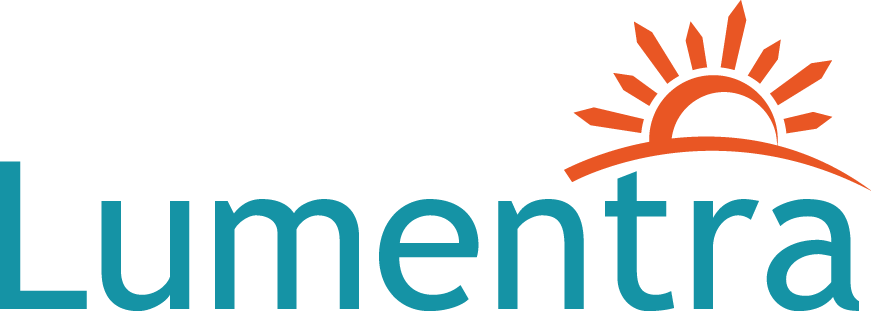The US Environmental Protection Agency (EPA) has released the first draft of its newly proposed requirements for luminaires eligible for Energy Star certification. The newly published requirements include two high level features that set a new direction for Energy Star Qualified Lighting, namely: technology neutrality, and the treatment of fixtures according to directional or non-directional light output.
Earlier in the year, EPA engaged the Lighting Research Center (LRC) at Rensselaer Polytechnic Institute to host a round table discussion in conjunction with the National Electrical Manufacturer’s Association (NEMA), and the American Lighting Association (ALA). Attending the discussion was a broad group of stakeholders, including testing laboratories, luminaire manufacturers, retailers, agencies, etc. The use of source photometry for some luminaires, versus luminaire photometry for others was a key topic of discussion.
According to the EPA, directional luminaires can and should be tested using Luminaire photometry, whereas non-directional luminaires require lamp photometry. In his cover letter to the draft requirements, Alex Baker, EPA’s lighting program manager, says that the aesthetics of lighting products are at least as important as performance in many applications. He argues that forcing manufacturers to comply with luminaire efficacy standards (as opposed to lamp efficacy) will result in products with compromised aesthetics. Directional applications, such as under-cabinet, cove lighting, and recessed downlights, tend to be less focused on aesthetics, and more focused on the light delivered. For solid state lighting, where the light source and luminaire are inseperable, absolute photometry using a combination of goniophotometer and integrating sphere measurements is necessary. Lumentra currently provides absolute photometry, and is in the process of becoming an Energy Star accredited laboratory.
To the maximum extent possible, the specification requires the evaluation of key criteria such as colour quality and efficacy in technology neutral manner. According to the EPA, this format will allow manufacturers of various lighting technologies to compete on a level playing field, as well as providing consumers with more consistent information relating to energy efficient lighting in general. Amongst other changes, performance requirements of non directional luminaires have been increased to70 lm/W, and a minimum colour rendering index (CRI) of 80 is required for indoor applications.
The EPA encourages comments from stakeholders, which can be sent to luminaires@energystar.gov. Key dates include the following:
• Draft 1 release: May 7, 2010
• Webinar: June 8, 2010
• Draft 1 comment period close: June 21, 2010
• Draft 2 release: July 2010
• Draft 3 release: August 2010
• Final specification: September 2010
• Specification effective date: June 2011
The Draft specification is available from Energy Star website
